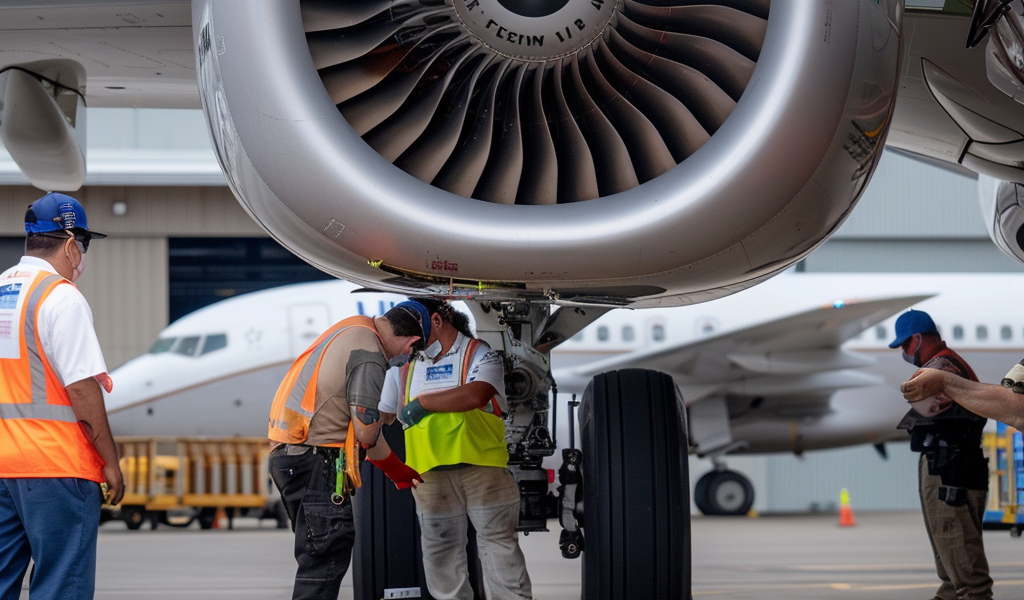Boeing faces federal investigation after United Airlines pilots report ‘stuck’ control incident
Boeing is facing a new federal investigation after United Airlines pilots reported a ‘stuck’ control incident involving a 737 Max aircraft during landing at Newark last month. The National Transportation Safety Board (NTSB) released a preliminary report stating that the pilots experienced ‘stuck’ rudder pedals during the landing rollout. The rudder controls an airplane’s yaw, or the left and right swinging of the nose.
The NTSB confirmed that none of the 161 people on United flight 1539 were injured, and the plane was able to return to the gate. However, United maintenance crews were able to replicate the reported rudder system malfunction during a test flight three days later.
This incident marks the latest in a series of issues involving the nearly-new Boeing 737 Max aircraft. The investigation follows a door plug blowout on an Alaska Airlines 737 Max 9 on January 5. The NTSB reported that the 737 Max 8 involved in the recent incident was delivered from Boeing to United Airlines in February 2023.
United Airlines disabled the servo in question, but cold temperature tests conducted by Collins Aerospace, the company that makes an autopilot servo connected to the 737 Max 8 rudder controls, revealed that the servo’s ‘output crank arm would prevent the rudder pedals from moving.’
United Airlines expressed gratitude to their pilots and maintenance teams for their professionalism in diagnosing the issue and stated that they will continue to work with Boeing, the NTSB, and the FAA on next steps for these aircraft.
According to a source familiar with the matter, this is the first instance of this issue being reported on a 737 Max, but not the first instance on any Boeing plane. Similar occurrences were reported twice in 2019 on the previous model of 737, the 737 Next Generation, which uses a rudder pedal system. In both previous cases, the issue was resolved by replacing parts on the plane.
Boeing confirmed that they worked closely with United Airlines to diagnose the rudder response issue and successfully resolved the issue with the replacement of three parts, allowing the airplane to return to service last month. United clarified that the faulty parts are not part of the typical configuration used on its aircraft, as the plane was originally built for another airline but went to United instead.





